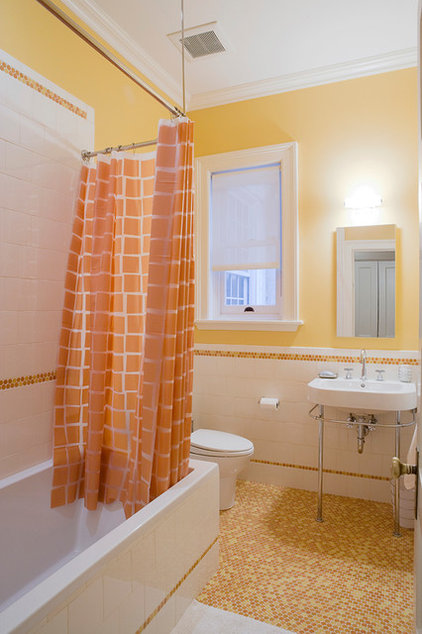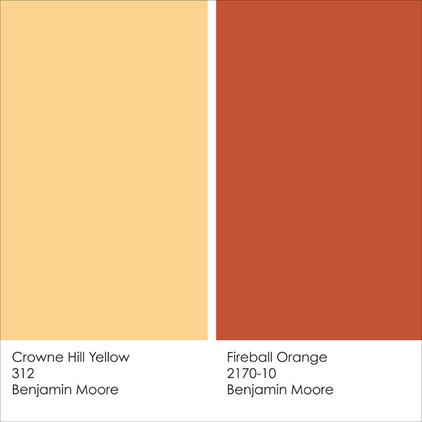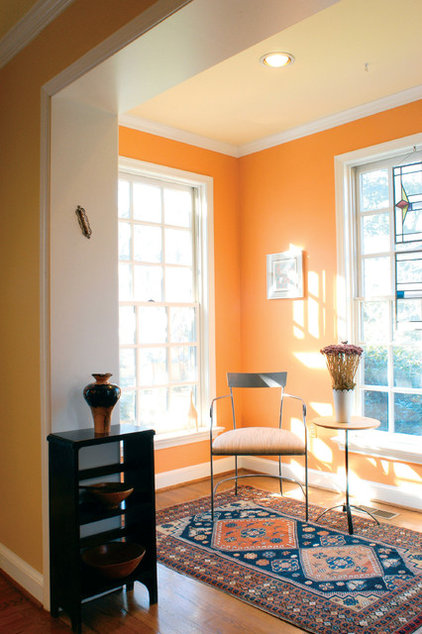WASHINGTON (AP) — Average U.S. rates on fixed mortgages eased slightly this week, remaining near historic lows.
Mortgage buyer Freddie Mac said Thursday the average rate for a 30-year loan declined to 4.17% from 4.20% last week. The average for the 15-year mortgage dipped to 3.30% from 3.31%.
Rising prices and higher interest rates beginning in mid-2013 have made homes less affordable for would-be buyers. At the same time, a limited supply of homes is available to buy. Sales of new homes are running about half the rate of a healthy housing market.
HOME PRICES: Eight housing markets at all-time highs
Reflecting the struggle for many Americans to afford new houses, data issued Tuesday by the Commerce Department showed that the pace of U.S. home construction slipped in May. Builders started work at a seasonally-adjusted yearly rate on 1.01 million homes, down 6.5 % from 1.07 million in April.
And U.S. homebuilders are feeling more confident about the housing market but don’t think it is healthy yet, the National Association of Home Builders/Wells Fargo builder sentiment index for June showed Monday.
Mortgage rates are about a quarter of a percentage point higher than they were at the same time last year. The increase in rates over the past year or so was driven in part by speculation that the Federal Reserve would reduce its bond purchases, which have helped keep long-term interest rates low. Indeed, the Fed has announced five declines in its monthly bond purchases since December because the economy appears to be steadily healing. But the Fed has no plans to raise its benchmark short-term rate from record lows.
After the central bank ended a two-day policy meeting, Fed Chair Janet Yellen sent the message Wednesday that
the economy still isn’t healthy enough
to grow at a consistently strong pace without the Fed’s help. Yellen made clear that despite a steadily improving job market and signs of creeping inflation, the Fed sees no need to raise short-term interest rates from record lows anytime soon.
To calculate average mortgage rates, Freddie Mac surveys lenders across the country between Monday and Wednesday each week. The average doesn’t include extra fees, known as points, which most borrowers must pay to get the lowest rates. One point equals 1 percent of the loan amount.
The average fee for a 30-year mortgage was unchanged from a week earlier at 0.6 point. The fee for a 15-year loan also was steady, at 0.5 point.
The average rate on a one-year adjustable-rate loan ticked up to 2.41% from 2.40%. The average fee remained at 0.4 point.
The average rate on a five-year adjustable mortgage fell to 3.00% from 3.05%. The fee was stable at 0.4 point.
Courtesy of your Arcadia Real Estate Agent






















© 2013 The Peral Group